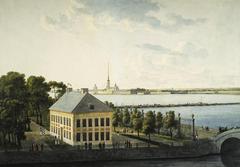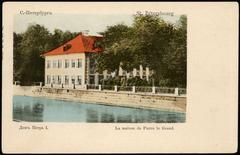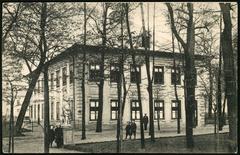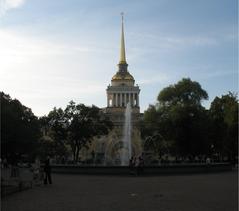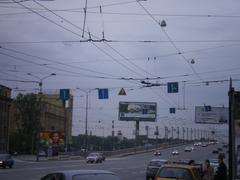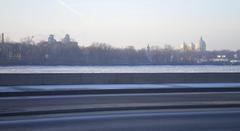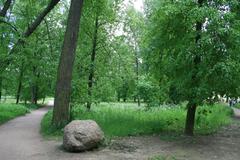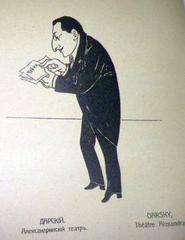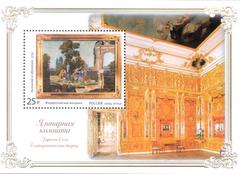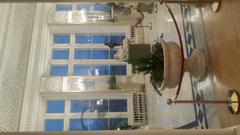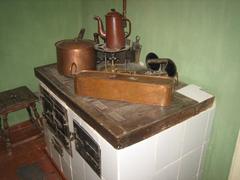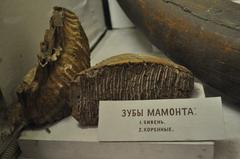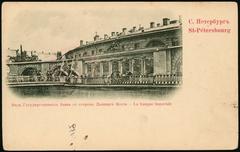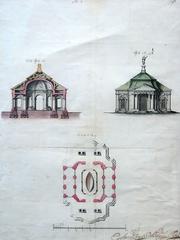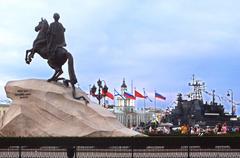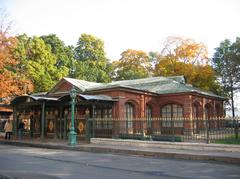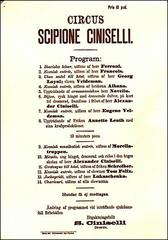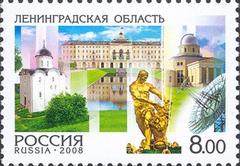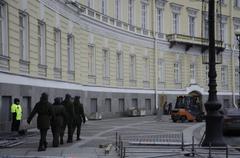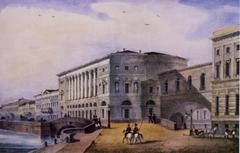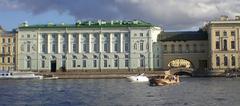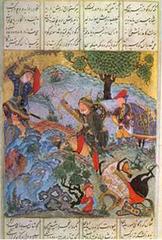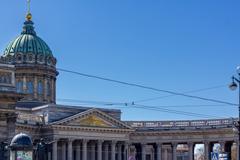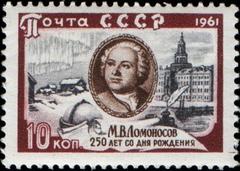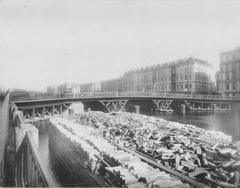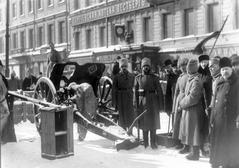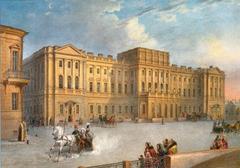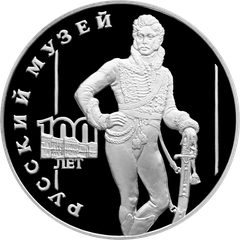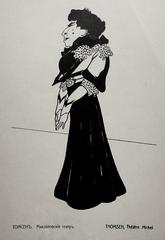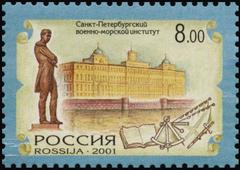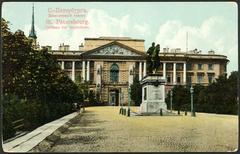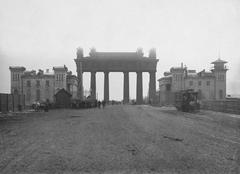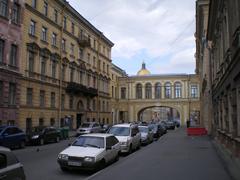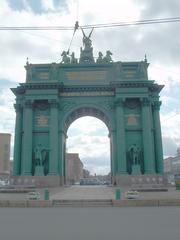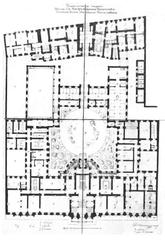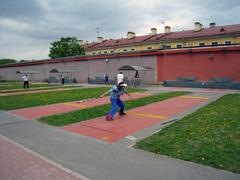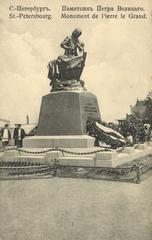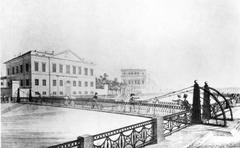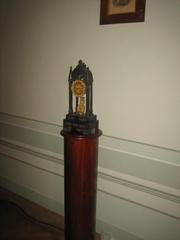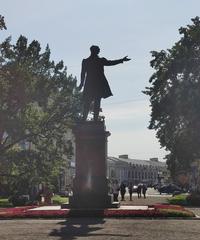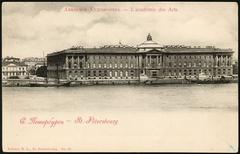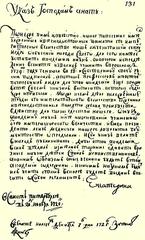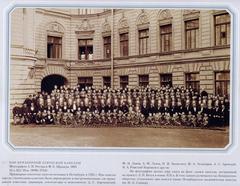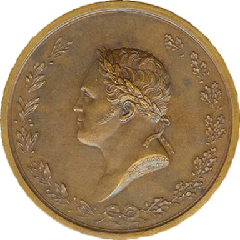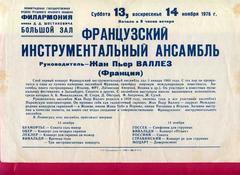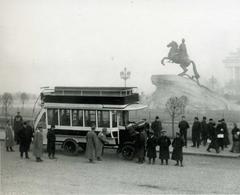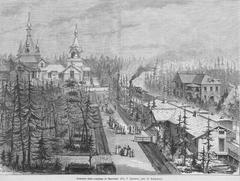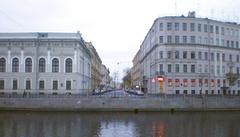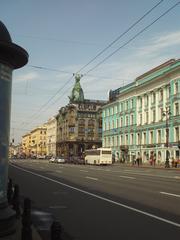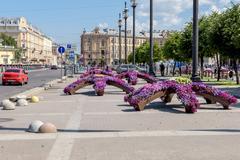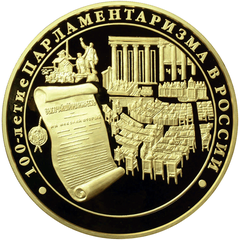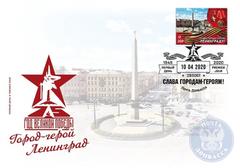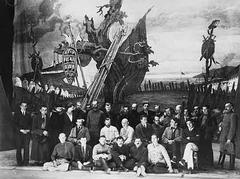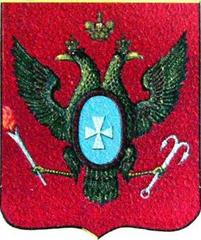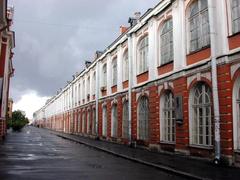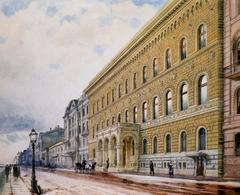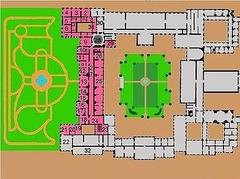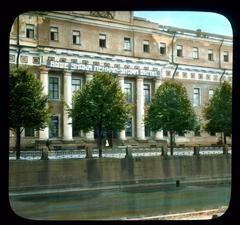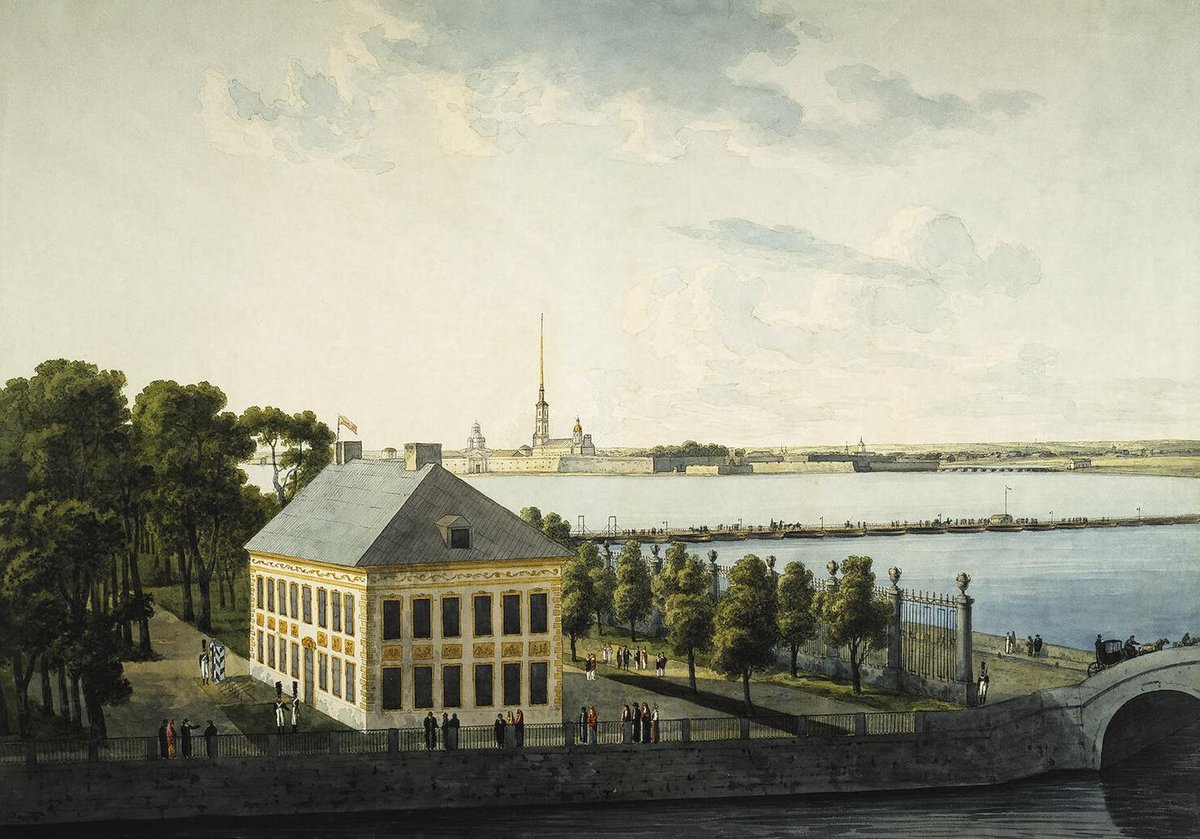
Complete Guide to Visiting the Summer Palace of Peter I, Saint Petersburg, Russia
Date: 19/07/2024
Introduction
The Summer Palace of Peter I, also known as Летний дворец Петра I, is a cornerstone of Saint Petersburg’s historical and architectural heritage. Commissioned by Peter the Great in 1710 and completed in 1714, it stands as one of the earliest stone edifices in the city, reflecting the Tsar’s ambitious vision to modernize Russia by incorporating Western European styles (Saint Petersburg.com). Designed by the Swiss-Italian architect Domenico Trezzini, the palace exemplifies the Petrine Baroque style, characterized by its restrained elegance and functionality. This architectural gem not only served as Peter the Great’s summer residence but also played a pivotal role in his extensive reforms aimed at transforming Russia into a major European power (Russia Beyond).
Situated within the lush expanse of the Summer Garden, the palace offers a harmonious blend of architecture and nature, designed to create an aesthetically pleasing environment that aligns with Baroque principles. The Summer Garden, meticulously laid out by Dutch gardener Jan Roosen, adds to the palace’s allure, making it a serene retreat in the heart of bustling Saint Petersburg (Hermitage Museum). Visitors today can explore this historical landmark, gaining insights into the life and legacy of Peter the Great through well-preserved rooms, period furnishings, and an array of artifacts. The palace’s strategic location and historical significance make it a must-visit for anyone interested in Russia’s rich cultural tapestry.
Table of Contents
- [Early Conception and Construction](#early-conception-and-constructionearly-conception-and-construction)
- [Architectural Style and Features](#architectural-style-and-featuresarchitectural-style-and-features)
- [Historical Significance](#historical-significancehistorical-significance)
- [Role in Peter the Great’s Reforms](#role-in-peter-the-greats-reformsrole-in-peter-the-greats-reforms)
- [Later Years and Preservation](#later-years-and-preservationlater-years-and-preservation)
- [Key Historical Events](#key-historical-eventskey-historical-events)
- [Architectural Innovations](#architectural-innovationsarchitectural-innovations)
- [Influence on Russian Architecture](#influence-on-russian-architectureinfluence-on-russian-architecture)
- [Preservation Efforts](#preservation-effortspreservation-efforts)
- [Visiting Hours and Tickets](#visiting-hours-and-ticketsvisiting-hours-and-tickets)
- [Visitor Experience](#visitor-experiencevisitor-experience)
- [Top Attractions Near the Summer Palace](#top-attractions-near-the-summer-palacetop-attractions-near-the-summer-palace)
- [Accessibility and Travel Tips](#accessibility-and-travel-tipsaccessibility-and-travel-tips)
- [Special Events and Guided Tours](#special-events-and-guided-toursspecial-events-and-guided-tours)
- [FAQ](#faqfaq)
- [Conclusion](#conclusionconclusion)
- [References](#referencesreferences)
Early Conception and Construction
The Summer Palace of Peter I is one of the earliest architectural landmarks in Saint Petersburg, Russia. The palace was commissioned by Peter the Great in 1710 and completed in 1714. The design was entrusted to the Swiss-Italian architect Domenico Trezzini, who played a significant role in shaping the architectural landscape of early Saint Petersburg. The palace was intended to serve as a summer residence for Peter the Great and his family, reflecting his vision of modernizing Russia by incorporating Western European architectural styles.
Architectural Style and Features
The Summer Palace is a two-story building constructed in the Petrine Baroque style, characterized by its simplicity and elegance. The building features a symmetrical façade with large windows, a high roof, and a central pediment adorned with the Russian imperial coat of arms. The interior of the palace includes a series of rooms designed for both private and public functions, with each room decorated in a style that blends Russian and European influences.
Historical Significance
The Summer Palace holds immense historical significance as it represents Peter the Great’s efforts to transform Russia into a modern state. Peter the Great was known for his extensive travels in Western Europe, where he studied various aspects of European culture, technology, and governance. The construction of the Summer Palace was part of his broader plan to introduce Western architectural styles and urban planning principles to Russia. The palace served as a symbol of the new, progressive Russia that Peter envisioned, contrasting sharply with the traditional wooden structures that were common in Russian architecture at the time.
Role in Peter the Great’s Reforms
The Summer Palace was not just a residence but also a center for Peter the Great’s administrative and military activities. It was here that he held meetings with his advisors and foreign dignitaries, discussing matters of state and planning his extensive reforms. The palace’s location in the newly founded city of Saint Petersburg was also strategic, as the city was intended to be Russia’s “window to the West.” By establishing his residence in Saint Petersburg, Peter the Great underscored the city’s importance as the new capital of Russia and a hub for trade, culture, and diplomacy.
Later Years and Preservation
After Peter the Great’s death in 1725, the Summer Palace continued to be used by members of the Russian royal family, although it gradually lost its status as a primary residence. Over the years, the palace underwent several renovations and restorations to preserve its historical and architectural integrity. During the Soviet era, the palace was converted into a museum, allowing the public to explore its historical significance and architectural beauty. Today, the Summer Palace is part of the Russian Museum and remains a popular tourist attraction, offering visitors a glimpse into the life and times of Peter the Great.
Key Historical Events
Several key historical events are associated with the Summer Palace. One of the most notable is the signing of the Treaty of Nystad in 1721, which marked the end of the Great Northern War between Russia and Sweden. The treaty was signed in the palace, symbolizing Russia’s emergence as a major European power. Additionally, the palace hosted numerous diplomatic receptions and cultural events, reflecting its role as a center of political and social life in early 18th-century Russia.
Architectural Innovations
The Summer Palace is also notable for its architectural innovations, which were ahead of their time. For instance, the palace featured an advanced heating system that used Dutch stoves to provide warmth during the harsh Russian winters. The use of large windows and high ceilings allowed for ample natural light, creating a bright and airy atmosphere that was uncommon in Russian architecture of the period. These features not only enhanced the comfort of the palace’s inhabitants but also demonstrated Peter the Great’s commitment to incorporating modern European technologies and design principles.
Influence on Russian Architecture
The construction of the Summer Palace had a lasting impact on Russian architecture, setting a precedent for future developments in Saint Petersburg and beyond. The palace’s blend of Russian and European styles influenced the design of other significant buildings in the city, including the Peter and Paul Fortress and the Twelve Collegia. The Petrine Baroque style, characterized by its restrained elegance and functional design, became a hallmark of early 18th-century Russian architecture, paving the way for the more elaborate Baroque and Neoclassical styles that would follow.
Preservation Efforts
In recent years, extensive preservation efforts have been undertaken to maintain the Summer Palace’s historical and architectural integrity. These efforts include meticulous restoration of the palace’s exterior and interior, as well as the preservation of its surrounding gardens and landscape. The palace is now part of the Russian Museum, which oversees its maintenance and ensures that it remains accessible to the public. Visitors can explore the palace’s richly decorated rooms, view historical artifacts, and learn about the life and legacy of Peter the Great through interactive exhibits and guided tours.
Visiting Hours and Tickets
The Summer Palace of Peter I is open from 10 AM to 6 PM daily, with extended hours on weekends. Tickets cost 300 RUB for adults and 150 RUB for students and seniors. Admission to the Summer Garden is free. Visitors are advised to book tickets in advance, especially during peak tourist seasons.
Visitor Experience
Today, the Summer Palace of Peter I offers visitors a unique opportunity to step back in time and experience the grandeur of early 18th-century Russia. The palace’s well-preserved rooms and gardens provide a vivid glimpse into the daily life of Peter the Great and his court. Visitors can explore the palace’s various rooms, each of which is decorated with period furnishings and artwork. The palace’s gardens, designed in the formal French style, offer a tranquil setting for leisurely strolls and provide stunning views of the Neva River. Guided tours are available in multiple languages, and the palace is wheelchair accessible.
Top Attractions Near the Summer Palace
Other notable sites near the Summer Palace include the Peter and Paul Fortress and the Hermitage Museum. These attractions offer additional insights into the rich history and culture of Saint Petersburg.
Accessibility and Travel Tips
The palace is wheelchair accessible, and guided tours are available in multiple languages. Visitors are advised to book tickets in advance, especially during peak tourist seasons. The palace is easily accessible by public transportation, with several bus and metro lines serving the area.
Special Events and Guided Tours
The Summer Palace hosts special events and guided tours throughout the year, providing visitors with a deeper understanding of its historical and architectural significance. For more information on upcoming events and tours, please visit the official website of the Russian Museum.
FAQ
Q: What are the visiting hours for the Summer Palace of Peter I?
A: The Summer Palace is open from 10 AM to 6 PM daily, with extended hours on weekends.
Q: How much do tickets cost?
A: Tickets cost 300 RUB for adults and 150 RUB for students and seniors. Admission to the Summer Garden is free.
Q: Is the Summer Palace wheelchair accessible?
A: Yes, the palace is wheelchair accessible, and guided tours are available in multiple languages.
Q: What are some nearby attractions?
A: Other notable sites near the Summer Palace include the Peter and Paul Fortress and the Hermitage Museum.
Q: Are there any special events or guided tours?
A: Yes, the Summer Palace hosts special events and guided tours throughout the year. For more information, please visit the official website of the Russian Museum.
Conclusion
The Summer Palace of Peter I stands as a testament to the transformative vision and enduring legacy of Peter the Great. Its modest yet elegant Petrine Baroque architecture reflects a pivotal moment in Russian history when the Tsar sought to align Russia with Western European norms and aesthetics. Serving both as a residence and a hub for administrative and military activities, the palace symbolizes Peter the Great’s efforts to modernize Russia and establish Saint Petersburg as a ‘window to the West’ (Saint Petersburg.com).
Today, the Summer Palace remains a vital cultural and historical landmark, preserved meticulously to offer visitors a glimpse into the early 18th century. From its innovative architectural features to its significant role in Peter the Great’s reforms, the palace provides a rich, immersive experience for history enthusiasts and casual visitors alike. The surrounding Summer Garden further enhances this experience, creating a tranquil setting that invites leisurely exploration. By visiting the Summer Palace, one can truly appreciate the monumental efforts that shaped modern Russia, making it an essential stop in any Saint Petersburg itinerary (Russia Beyond).
References
- Saint Petersburg.com. Discover the Summer Palace of Peter I - History, Tickets, and Visiting Hours. https://www.saint-petersburg.com/palaces/summer-palace-peter-the-great/
- Russia Beyond. Visiting the Summer Palace of Peter I - History, Tickets, and Tips. https://www.rbth.com/arts/332527-summer-palace-peter-the-great
- Hermitage Museum. Visitor Tips for Summer Palace of Peter I - Hours, Tickets, and More in Saint Petersburg. https://www.hermitagemuseum.org/wps/portal/hermitage/explore/buildings/locations/saint-petersburg/summer-palace-peter-the-great
